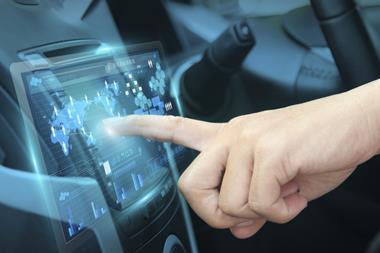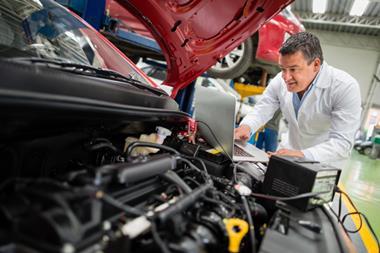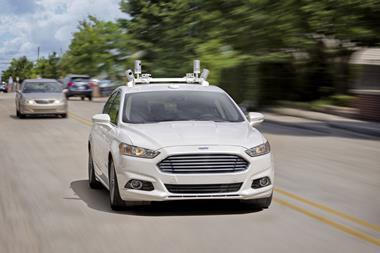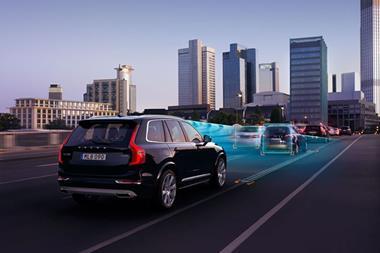Octo Telematics head of market intelligence and analysis Andrew Lee on how insurers should approach evolving technology

A technological revolution
Digital technology and telematics are two fields that know no rest. Despite continued clamour on the upcoming demise of Moore’s Law, we are seeing a technological revolution in the auto insurance industry.
This revolution is being driven by the transformation, not just of vehicles, but of the environments in which they operate. The historical focus on individual motorists is being eclipsed by the progressive removal of their agency in the process of driving.
The simplest solution may be for insurance to cover vehicles, rather than drivers. Another possibility is to impose a government tax on all autonomous vehicles to ensure insurance coverage.
From the connected car to the connected environment
But with the growth of intelligent infrastructure, there is more thinking to be done on the role of the environment and its impact on motoring. We are witnessing the birth of a diversified transport infrastructure where connected vehicles are made even safer by locations equipped with the most advance technology. This has a consequent impact on risk assessment.
We are witnessing the birth of a diversified transport infrastructure.
The Department for Transport has just launched a £2 million fund to allow councils to capitalise on emerging technologies and deliver better journeys for motorists.The DFT proposal include using technology to allow vehicles to communicate with each other and roadside sensors to provide drivers with real-time traffic information.
Councils will also look at how changing weather and traffic conditions warnings can be sent directly to vehicles, so drivers can plan ahead - for quicker, more efficient and safer journeys.
This comes on top of a project by the Massachusetts Institute of Technology (MIT), the Italian National Research Council Institute for Computer Science and Telematics (CNR-IIT) and the Swiss Institute of Technology (ETH) to perfect a ‘slot’ traffic management system similar to that of airplane traffic control in airports.
Benefits of a slot-based system
This slot-based system produce a ‘just on time’ flow of traffic, eliminates queues and delays and is thereby reducing petrol consumption and gas emissions. It is also cutting down on accidents.
The system identifies vehicles and assigns a custom schedule to each one, a personal time slot during which the vehicle is scheduled to pass through an intersection. The speed of each vehicle is automatically controlled so that it will pass through the intersection during the assigned slot, just as airplanes do in an airport. Traffic lights would therefore not be needed.
The beauty of it all is that this system uses technology and communication systems that are already present in many modern cars.
Fast approaching connected cars
Approximately 104 million new cars are expected to have some form of connectivity by 2025, according to EY, with 88% of new cars to have integrated telematics by the same date.
The seamless integration of mobility and the growth of the Internet of Things (IoT) is the biggest opportunity yet for telematics and the insurance industry.
This gradual adoption of increasingly smarter – and eventually autonomous – vehicles means that there will be a net drop in vehicle accidents, especially considering that 90% of accidents are the result of human mistakes.
Impact on insurance market
The removal of human error from the equation could lead to a scenario in which the insurance market shrinks to 40% of its current size. In turn, this will severely affect the market, changing its business models and introducing new competitors, further compounding turbulence and speed of change.
The increase in data from the connected car and the IoT will require ever more powerful software and analytics to transform it into actionable intelligence for drivers and insurance solutions.
Machine learning algorithms will be key to keeping up with the pace of technological development.
This is where the Algorithm Economy comes in - to unlock the value of big data to provide insights with an emphasis increasingly on how you do something with data, rather than just what you do with it.
Machine learning algorithms will be key to keeping up with the pace of technological development.
Fresh approach
It is clear that the insurance market must begin to address new scenarios that require fresh approaches to risk assessment and pricing in order to maximise the benefits from this evolving technology.
Insurers will have to develop new strategies and actively transform these upcoming obstacles into new business opportunities. As always, disruption will be profound and will reward the most innovative solutions.






































No comments yet